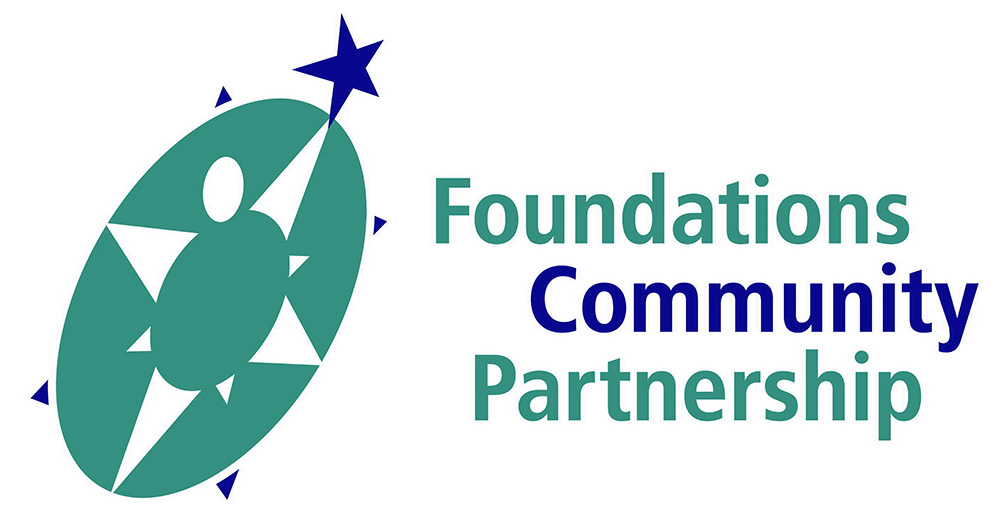An Interesting, Informative Presentation — With a Twist…
Today’s workshop “Selective Mutism & Social Anxiety: A Great Paradigm for Innovative Treatment,” was presented by Dr. Steven Kurtz. Dr. Kurtz is the Director of the Selective Mutism program at the Child Mind Institute in New York. The Workshop was informative, dynamic, and fun. Dr. Kurtz used didactic information, data, and examples to provide a very balanced presentation. I’ll get to the “Twist” part later …
Dr. Kurtz summarized the current definitions of Social Anxiety and Selective Mutism. In general, he said that these disorders serve to escape from high distress situations. They can be reinforced by parents or others who try to reduce the distress without increasing coping skills to help the child habituate to higher levels of anxiety. Frequently, the parents or others, also have a low threshold for anxiety and require support to become comfortable with treatment for the child that includes increased tolerance to exposure to increasingly higher levels of anxiety.
While not all causes of Social Anxiety of Selective Mutism (SM) are clear, Dr. Kurtz stated that research supports that “trauma” is not a cause. SM is not willful misbehavior. It is not a function of a language disorder, and is not consistent with children on the Autism Spectrum. Some characteristics are shared with ASD, and children with ASD, may also have co-occurring “Selective Mutism.” SM is a function of both “nature” and “nurture.” Those who have a genetic predisposition to social anxiety, are more likely to develop SM if exposed to a care-giving environment that is over-controlling or over intrusive during development. On the other hand, some times the child is simply oversensitive to an environment that is considered “within the normal limits.”
Dr. Kurtz presented an overview of current treatment techniques for Social Anxiety and Selective Mutism. He suggested that treatment does not try to reduce the anxiety, or distress. The patient should be exposed to increasingly higher levels of anxiety, as able to tolerate, until adaptive functioning is achieved or restored (hmm, not unlike physical therapy). His treatment model for SM includes systematic (but not slow) exposure to the stimulus (activity) such as increasing the breadth of comfortable speaking to a wider audience (first parent, then therapist , then teacher, then peers etc). He uses a variety of rewards, works with the strengths and interests of the kids, allows regression to a previous activity to avoid a sense of failure (accommodation), and successive approximation to maintain progress toward the goal of effective verbal communication. He stressed that “braveness” should be rewarded, meaning that the kids should be encouraged to take speaking risks, as tolerated. Rehearsal and increased habituation to anxiety by the parent and other caregivers is an important component of treatment. For example, Dr. Kurtz suggested that yes/no questions should not be used in treatment. Instead, forced choice (would you rather play Mr. Potato Head or Checkers) or open ended questions (what would you like to play) be used. He also mentioned the 5 second rule that is likely to raise anxiety in the parent, teacher or therapist. After the question is asked, wait 5 seconds for a response, if no response, repeat or rephrase the question to encourage success. Then reward the success.
The “Twist” (You thought I forgot?).
And the Star of Our Show Is…. Grace!
Grace is a beautiful and delightful 11 year old girl who was accompanied by her mother to today’s presentation. She is a patient of Dr. Kurtz. She obviously has recovered from Selective Mutisim. She participated in a brief question and answer activity with Dr. Kurtz to demonstrate some of the techniques that he described. Her mother also provided comments that amplified the description of the treatment program.
Grace will be 12 next week. Happy Birthday Grace!
Overall, a very good workshop. Dr. Kurtz was a very comfortable presenter. He handled questions well with complete answers. The audience appeared relaxed throughout he presentation and satisfied at its conclusion.
Any other thoughts?
